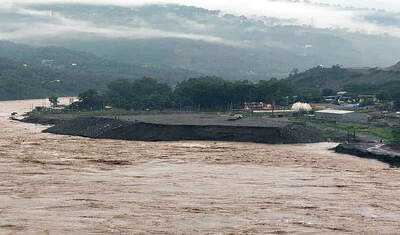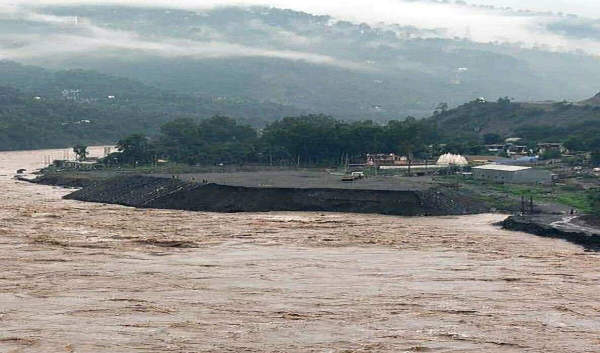
 New Water Management Strategy in India
New Water Management Strategy in India
Following the suspension of the Indus Water Treaty, India has initiated a study to construct a 113-kilometer canal aimed at redirecting additional water flow from Jammu and Kashmir towards Punjab, Haryana, and Rajasthan. This canal, which will connect the Chenab River to the Ravi-Beas-Sutlej system, is expected to optimize the use of eastern rivers (Ravi, Beas, and Sutlej) while also enabling India to fully utilize its allocated share from the western rivers (Indus, Jhelum, and Chenab). Recently, Union Home Minister Amit Shah stated that water from the Indus would be transported through canals to Sri Ganganagar in Rajasthan within three years, providing irrigation facilities to a large part of the country while leaving Pakistan in need of every drop.
According to reports from informed sources, the plan for the Chenab-Ravi-Beas-Sutlej link is being designed to connect with existing canal structures at 13 locations across Jammu, Punjab, Haryana, and Rajasthan, facilitating water flow to the Indira Gandhi Canal (Sutlej-Beas). Diverting additional water flow from Jammu and Kashmir towards Punjab, Haryana, and Rajasthan is expected to create a balance in regional water availability. It is suggested that new and existing canal structures could be linked through tunnels at various points in Jammu and Punjab. The construction of this 113-kilometer canal will be carried out in segments, prioritizing the connection of 13 locations to the existing canal systems.
Reports indicate that there is also a proposal to extend the length of the existing Ranbir Canal, which draws water from the Chenab, from 60 kilometers to 120 kilometers. Additionally, efforts will be made to maximize the capacity of the Pratap Canal based on the feasibility report. The central government is also set to revive the long-pending multi-purpose Ujh project (hydropower, irrigation, and drinking water) in Kathua, Jammu and Kashmir. Furthermore, expediting the completion of ongoing hydropower projects such as Pakal Dul (1,000 MW), Ratle (850 MW), Kiru (624 MW), and Kwar (540 MW) is part of the medium- and long-term strategies for utilizing the waters of the Indus River. It is noteworthy that India suspended the 1960 Indus Water Treaty in April following a terrorist attack in Pahalgam, leading to significant steps towards water collection and control.
-
Diabetes patients must eat salad, it is beneficial for health …

-
Jobs People Glamorize That Rarely Live Up Hype

-
4 Zodiac Signs Attract Luck & Abundance On June 17, 2025

-
Rewiring Risk: How Technology Is Reshaping the Future of Insurance

-
India’s digital job scene to expand in 2025 with rise in AI and data-driven roles
